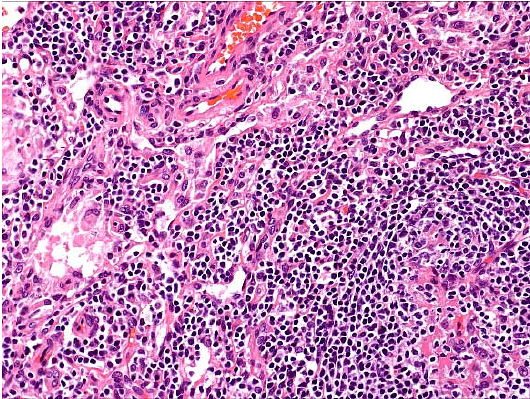Prediction of Outcome from Spatial Protein Profiling of Triple-Negative Breast Cancers

Prediction of Outcome from Spatial Protein Profiling of Triple-Negative Breast Cancers
Foroughi pour, A.; Wu, T.-c.; Martinek, J.; Sivajothi, S.; Robson, P.; Palucka, K.; Chuang, J. H.
AbstractIn tumors, reciprocal spatial interactions between immune cells, their mediators, the extracellular matrix, and mutated neoplastic cells impact all aspects of treatment resistance. The operational mechanisms of these interactions are foundational for developing insights and targets for cancer therapy and prevention. Spatial quantification of the tumor microenvironment system from image data has untapped potential for patient stratification. Here, we present SparTile, a powerful computational approach for analysis of multiplex proteomics images to reveal clinically relevant structural organization in the tumor microenvironment. SparTile enables the robust unbiased identification and characterization of tumor microenvironments based on spatial relationships among protein markers without the need for cell segmentation or classification. Applied to tissues of patients with triple negative breast cancer (TNBC), an aggressive subtype of breast cancer, SparTile identified repeatable microenvironments with specific cellular relationships. These included microenvironments characterized by risk markers such as Ki67+ (p-value= 0.052) and vimentin+ (p-value<0.01) tumor cells, which correlate with poor survival. Furthermore, myeloid markers in an MX1 positive tumor environment correlate with shorter survival (p-value=0.04). Finally, we identified a relative distance between tumor and myeloid cell markers as a strong prognostic risk factor in multivariate Cox models (p-value=0.01). This distance metric was externally validated on two datasets of breast cancer multiplex images (p-values<0.01). Thus, unbiased protein-based and segmentation-free spatial analysis is effective for identifying clinically relevant biomarkers from multiplex tumor images and identifies novel predictive biology.